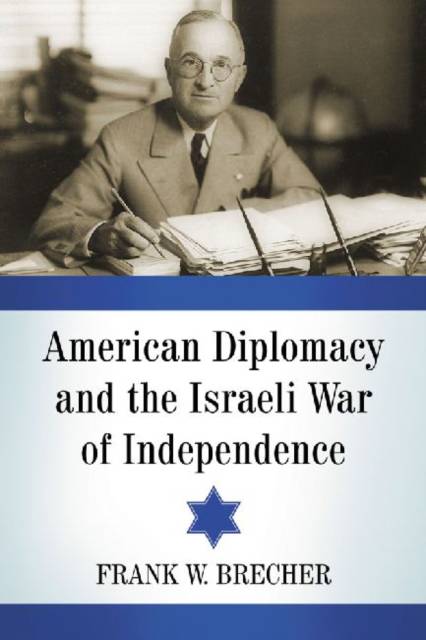
- Afhalen na 1 uur in een winkel met voorraad
- Gratis thuislevering in België vanaf € 30
- Ruim aanbod met 7 miljoen producten
- Afhalen na 1 uur in een winkel met voorraad
- Gratis thuislevering in België vanaf € 30
- Ruim aanbod met 7 miljoen producten
Omschrijving
Events since the end of the Cold War have dashed hopes that the demise of the Soviet Union would ease the Arab-Israeli conflict and help bring about a more stable Middle East--the basic goal of American foreign policy toward that region. Far from that, the past two decades have seen an intensification of regional instability and have added further religious fuel to that conflict. Moreover, we have witnessed major new interventions by such non-Arab states in the region as Iran and Turkey.
The consequence of all this for the U.S. is that its long-term policy of seeking credible balance in its relations with the contesting countries is being tested as never before, and at the center of the problem is the need to find a peaceful solution to the imbroglio involving Israel and the Palestinians--an essential ingredient in any overall attainment of America's regional aspirations. There is now a renewed focus on such categories of intra-Palestinian issues as were experienced in 1948 at the inception of the State of Israel, e.g., borders, return of refugees, status of Jerusalem, policy at the U.N., etc. It is the purpose of this book to give a fresh reading to these root issues in the Arab-Israeli conflict, mainly in the light of the most recently available primary sources from the U.S., U.K., Israel and the U.N.
Specificaties
Betrokkenen
- Auteur(s):
- Uitgeverij:
Inhoud
- Aantal bladzijden:
- 212
- Taal:
- Engels
Eigenschappen
- Productcode (EAN):
- 9780786474264
- Verschijningsdatum:
- 13/03/2013
- Uitvoering:
- Paperback
- Formaat:
- Trade paperback (VS)
- Afmetingen:
- 150 mm x 226 mm
- Gewicht:
- 272 g

Alleen bij Standaard Boekhandel
Beoordelingen
We publiceren alleen reviews die voldoen aan de voorwaarden voor reviews. Bekijk onze voorwaarden voor reviews.








